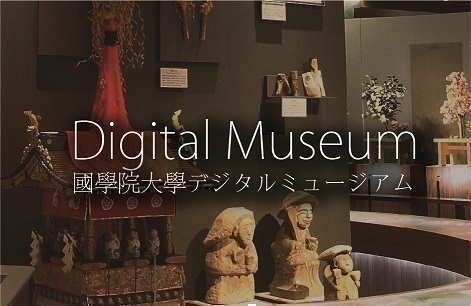- トップ
- Encyclopedia of Shinto
- Sangaku shinkō
Encyclopedia of Shinto
| Main Menu: | |
| Links: |
詳細表示 (Complete Article)
| カテゴリー1: | 6. Belief and Practice |
|---|---|
| カテゴリー2: | Mountain Beliefs and Practices |
| Title | Sangaku shinkō |
| Text | Veneration of mountains founded on the view that they are sacred, as places to which the kami are considered to descend and dwell, and as places where the spirits of the ancestors (sorei) exist, including beliefs and the rites carried out in their context. Sacred mountains have been known in Japan from ancient times, and some mountains are considered in themselves to be shintai, or objects within which the kami resides, and are therefore known as shintaizan. Some folk beliefs regard mountains as the dwelling place of the sorei, viewing these spirits and the mountain kami (yama no kami) as identical. With the rise of Shugendō, a great number of mountains, such as Ontake, Fuji, Ishizuchi, Daisen, Tateyama and Hiko, came to be venerated as sacred peaks. These mountains are particularly rugged, tall, and/or beautiful, and many are active volcanoes. In ancient times these were difficult to access; thus geographical and geological conditions combined with their visual impact to mark them to be especially venerated. Academically, mountain beliefs are considered one form of nature worship. Examples of the sacralization of mountains are not confined to Japan but may be found throughout the world. See also shintaizan, Shintō and Shugendō. — Inoue Nobutaka |




